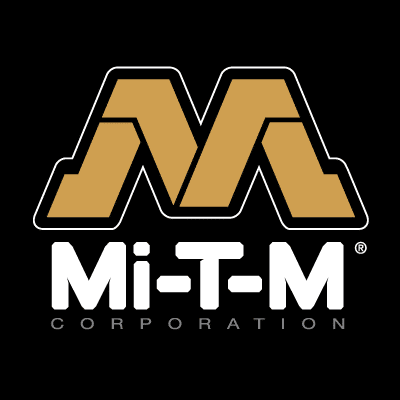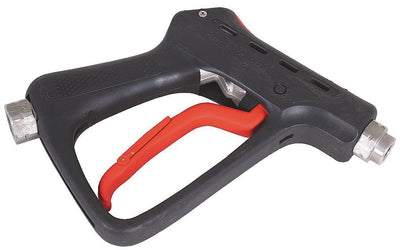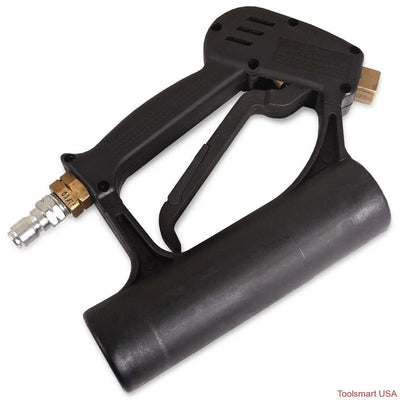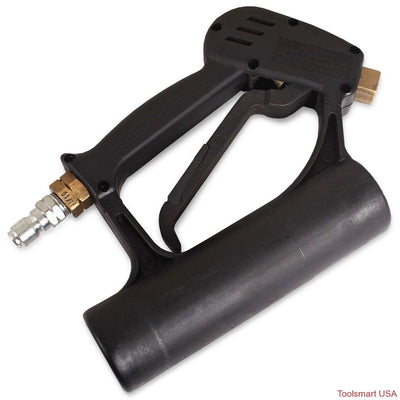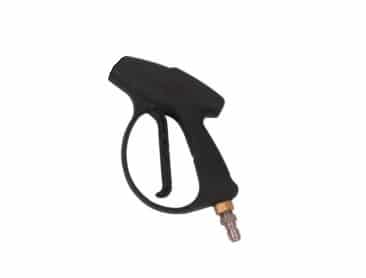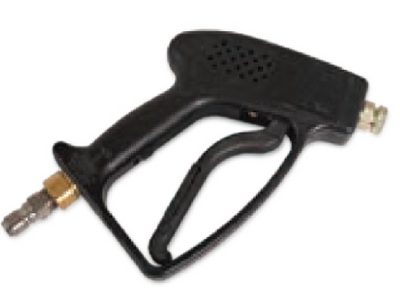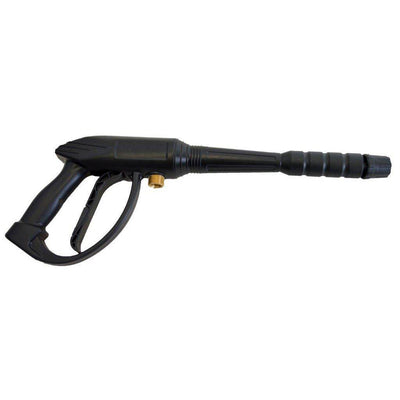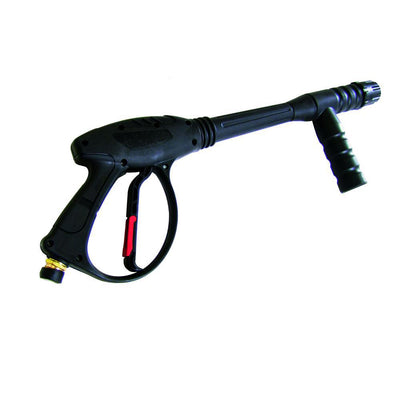What Kind of Spray Gun is Best for my Application
The first question that must be answered is, what kind of material will you be spraying? This will help to guide the rest of the answers. Based on this question you can categorize your gun choices into two main categories. If the material is extremely thick it will most likely have to be sprayed from a conventional gun and will not be suitable for an electrostatic outfit. The material may possibly be able to be sprayed from an HVLP set up but it is always best to try the material in HVLP before buying an outfit. In addition to what material you are spraying what object are you spraying? If the object is conductive or has a conductive coating applied and the material is not too thick electrostatic along with any of the other spray methods are an option if it is not conductive electrostatic is out of the picture.
After you know what you are spraying and with which paint you can then take a look at your budget and goal for the finish. If you want to eliminate wasted paint an electrostatic set up has the highest transfer efficiency. However, the issues with an electrostatic outfit are the upfront cost and potential for injury due to working with equipment that can carry an electric charge. Additionally, repair parts for an electrostatic are typically higher than other forms of spray guns. On the opposite side of the spectrum is a conventional gun which is often the best option for thick coatings but has the lowest transfer efficiency. In between the conventional and electrostatic is an HVLP gun which allows for a good transfer efficiency around 60% while still keeping cost down to buy the gun. Repair fees on conventional and HVLP spray guns are basically the same just varies based on the model of the gun. If you know your material can handle electrostatic, your object to be painted can carry a charge, and have the money electrostatic saves money for painters that paint frequently and use expensive material. Electrostatic also saves time compared to other forms of finishing as material will wrap around the object, as long as the object has few nooks. This allows for less moving of a part to completely cover the part. However, with certain inside angles on parts you can experience an inability to wrap and have what is called a Faraday Cage effect where an angled area of a part fails to be covered with spray.
A final question is how much of and how fast do you want to apply the coating. If speed and amount of coating is the goal airless sprayers are the best followed by air assist airless and conventional spray guns. While they can provide the most material in the fastest manner they waste a lot of paint and often do not allow for the fine finish that is associated with HVLP, conventional, and electrostatic spray guns.
By answering what material your spraying, the object your spraying, and your goals for the finish (quality vs quantity) you can help narrow down spray guns to one that will best suit your needs.

